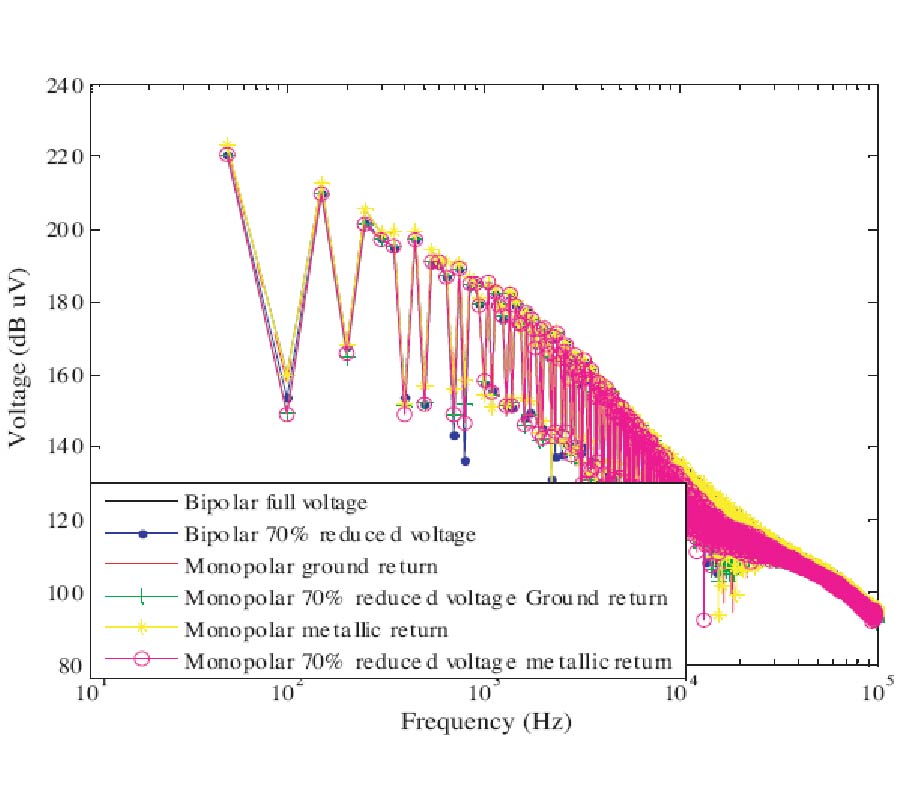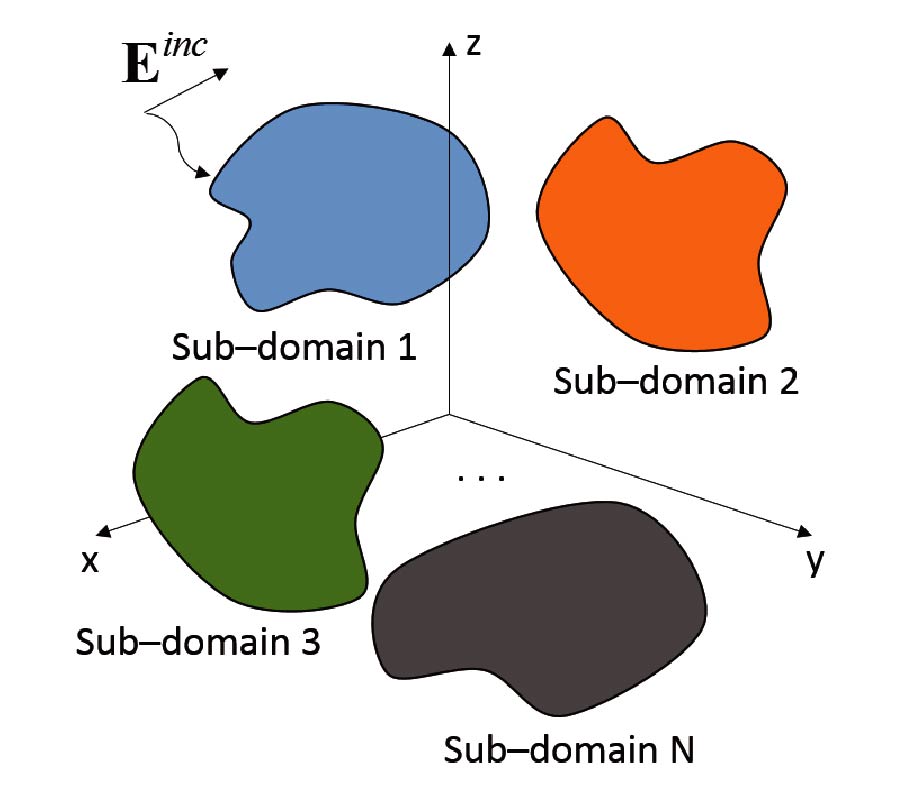Study of the Conducted Electromagnetic Interference in the Converter Station of an UHVDC Transmission System
Jian Le,
Cao Wang,
Hanwu Luo,
Tao Mao and
Yinge Wang
The Conducted Electromagnetic Interference (CEI) characteristics in the primary circuit and at the ports of the secondary devices of the converter station of a UHVDC transmission system are researched comprehensively and systematically in this paper, by taking the Zhalute-Qingzhou ±800kV/10000MW UHVDC project in East Inner Mongolia of China as an example. The primary circuit equipment parameters of the target system are designed systematically at first, and the overall broadband equivalent model of the main circuit of the UHVDC system, which is composed of converter valve, converter transformer, filter banks and smoothing reactor, is developed. The CEI characteristics in the primary circuit under various conditions of the UHVDC system are analyzed based on the simulations carried out on the built BEC, and the influences of several primary circuit elements on the propagation of the CEI characteristics are researched. To improve the accuracy of the analysis of the CEI characteristics in the secondary device circuit, accurate BECs of the Capacitor Voltage Transformer (CVT), Current Transformer (CT) and secondary signal cable are established. The CEI characteristics at the ports of secondary devices under different operation modes are studied, and the influences of the cable length and burden rate on the CEI characteristics are analyzed. This paper provides a comprehensive and thorough understanding of the CEI characteristics of an UHVDC system.









